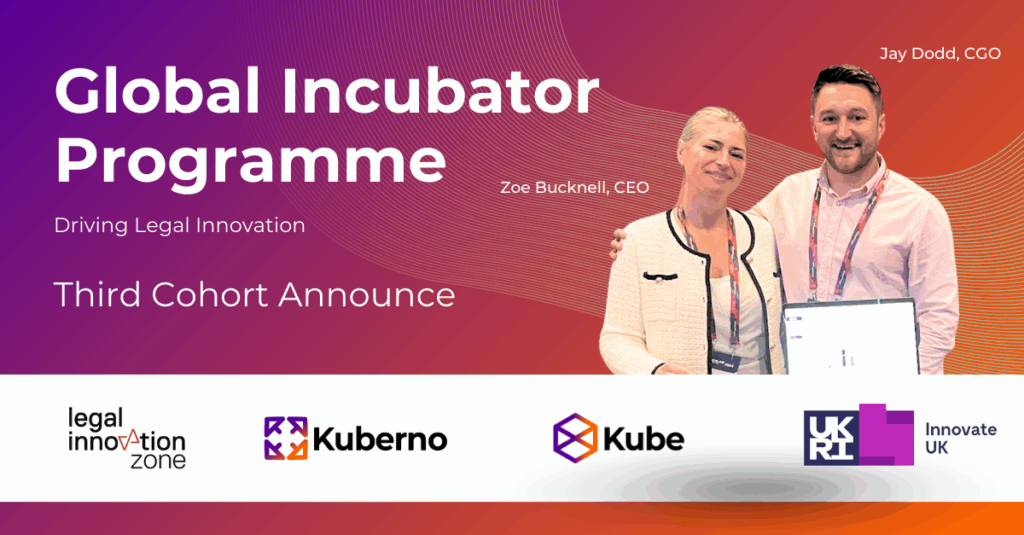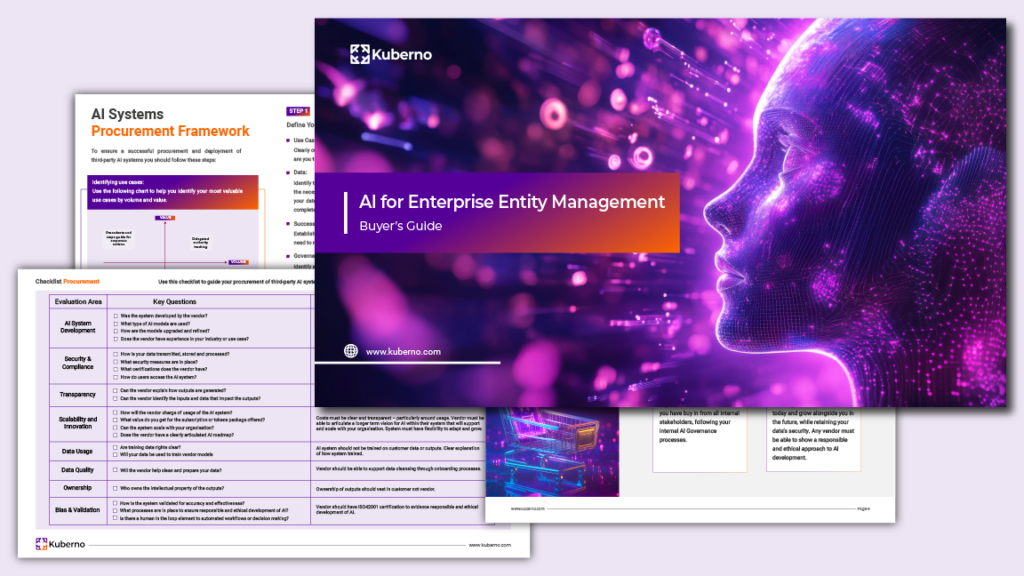Insights into GenAI Adoption in Governance
The latest Role of Technology in Governance survey by DMJ and Kuberno delivers valuable insights into attitudes toward Generative AI (GenAI) within the governance profession. A distinct split has emerged: nearly 30% of the 700+ respondents are currently using AI tools, while a majority of 55% have no plans to implement GenAI in the coming year. This cautious approach reflects both the novelty of the technology and the need for careful evaluation.
What is Generative AI? An Overview for Governance Professionals
Generative AI (GenAI) differs from traditional AI, which primarily detects patterns in data. GenAI creates. Using deep learning, it generates new outputs from large datasets, including text, images, audio, and video. Large language models (LLMs) are central to GenAI, trained on vast amounts of data to understand language structures. However, GenAI currently lacks the ability to understand or verify its results, meaning it can sometimes produce inaccurate information and create potential risks.
AI Tools in Governance: Lessons from the Legal Sector
Governance professionals are often cautious with new technology, so the low engagement with GenAI is not surprising, especially as the technology became widely known less than two years ago. However, by examining GenAI’s uptake in another traditionally conservative sector – legal – we can gain insights into how GenAI might impact governance over the next few years.
The legal profession is adopting GenAI much faster than it did previous technologies, such as cloud computing – up to five times faster. GenAI adoption is even accelerating cloud computing uptake. The Thomson Reuters Generative AI in Professional Services survey from earlier this year reports that over 60% of corporate legal departments are either using or exploring GenAI, with only 35% saying they have no plans for it. This is nearly half the number of those who reported no GenAI plans in 2023, highlighting a significant shift in attitudes. Given the rapid development of GenAI, these numbers have likely increased even further since then.

Both the DMJ/Kuberno and Thomson Reuters surveys show that most respondents currently using GenAI favour widely available enterprise tools like ChatGPT or Microsoft Co-Pilot. However, the proliferation of legal tech tools incorporating GenAI in 2024 suggests that industry-specific tools are expected to surpass general-purpose ones within three years. Governance tech is experiencing a similar surge in GenAI functionality, particularly around document summarisation, suggesting a similar adoption path.
A Practical Checklist for GenAI Adoption in Governance
1. Start with Use Cases That Deliver Clear Value
For governance professionals considering GenAI, a structured approach is key. Begin by identifying where GenAI could provide the most benefit. Survey your team and key stakeholders to identify potential use cases, then refine these down to those likely to deliver the highest value. By prioritising applications based on measurable outcomes, governance teams can avoid the confusion of “GenAI-labelled” features and focus on areas of true impact.
2. Establish Metrics to Measure Success
Quantify what success with GenAI looks like. Define metrics and benchmarks to gauge whether GenAI adoption is meeting your expectations. With a clear view of expected value — even on a longer-term basis —organisations can make data-driven decisions on further investment and refinement.
3. Data Quality and Security Considerations for GenAI in Governance
When evaluating use cases, consider the data you’ll need to input into a GenAI system or the source data the GenAI tool will interact with. Like any other system, GenAI relies on the quality and completeness of input data to produce accurate outputs. If your underlying data isn’t trustworthy, GenAI won’t resolve the issue — it may even amplify it. Addressing data quality should be a top priority before adopting GenAI.
4. Evaluate Confidentiality and Vendor Standards
Data sensitivity is paramount. Determine whether the GenAI system is a closed system operating within your organisation’s boundaries or if it uses third-party elements, such as LLMs, for training. Scrutinise both your GenAI vendor’s data management, security, and privacy standards, as well as your own internal policies around IT, AI, confidentiality, and data governance. Beyond standard due diligence, ask your vendor for their Responsible AI Policy to ensure alignment with ethical AI practices.
Generative AI in Governance: Enhancing, Not Replacing, Professional Roles
Speculation around GenAI’s potential to replace jobs may contribute to some hesitation, especially in governance roles where tasks can be administrative. While GenAI will certainly reduce time spent on repetitive tasks and speed up complex ones, the most successful organisations will use GenAI to augment, not replace, professional expertise. The World Economic Forum predicts that GenAI will create net new jobs, but these roles will demand new skills and focus on advanced tasks.
The Case for Adopting GenAI with Curiosity and Confidence
As a governance professional, it is unlikely that GenAI will replace your job; rather, it will likely enhance your efficiency and decision-making. However, the real risk lies in falling behind professionals who embrace and utilise GenAI. This is a critical moment to be curious, experiment within safe boundaries, and explore the transformative potential of GenAI in governance. Adopting a proactive approach to GenAI now can empower governance teams to discover game changing solutions to longstanding challenges in delivering efficient and effective governance operations.
Ready to Explore the Role of AI in Governance?
At Kuberno, we’re on a mission to transform governance operations using our internal governance expertise, data integrity and the power of GenAI. Contact us to explore how our solutions can support your team in embracing AI-driven governance with confidence.









